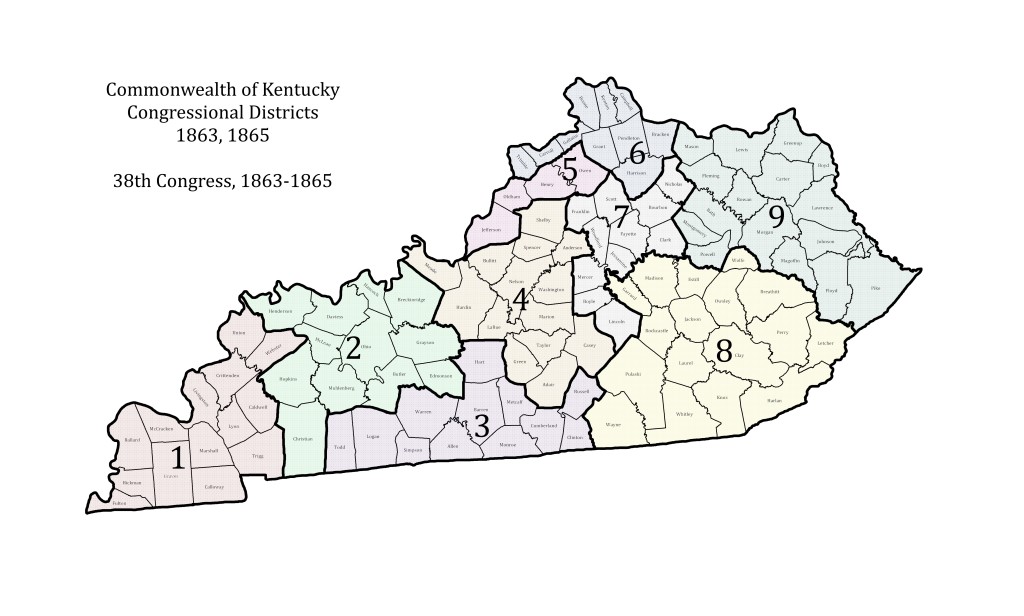The Civil War Governors of Kentucky Digital Documentary Edition and the Kentucky Historical Society are proud to announce that Civil War Governors was awarded $62,400 in the May 2016 cycle of National Historical Publications & Records Commission (NHPRC) funding.
This is the second grant Civil War Governors has recieved from NHPRC. The first grant supported the digital publication of Early Access, an Omeka interface that will host 10,000 Civil War-era documents. This site will allow users to access 10,000 digital document images and transcriptions, and sample the rich content that Civil War Governors will deliver. Civil War Governors true impact on scholarship, however, will be in annotation. To the extent possible given the restrictions and biases of the historical record, Civil War Governors will identify, research, and link together every person, place, and organization found in its documents. This web of tens—perhaps hundreds—of thousands of networked nodes will dramatically expand the number of actors in Kentucky and U.S. history, show scholars new patterns and hidden relationships, and recognize the humanity and agency of historically marginalized people. The network of identified and annotated people, places, businesses, government agencies, and military units, will come as close as possible to a historical reconstruction of mid-nineteenth century society as it was lived and experienced in wartime Kentucky.
This second grant will support that next phase of work: publishing an annotation interface of 1,500 fully edited and linked documents. This important step to the full Digital Documentary Edition of a projected 40,000 documents will help reconstruct the lost lives and voices of tens of thousands of Kentuckians who interacted with the office of the governor during the war years. The diverse and largely unknown lives of the people captured in the Civil War Governors documents—generals and politicians, prostitutes and plantation mistresses, free African American professionals and “contraband” refugees—as well as the social, economic, political, and geographic networks they allow us to visualize and understand, are what Civil War Governors hopes to capture and deliver to the public.
This will be an important test of the Civil War Governors vision of a digital research environment within which a user can encounter the past multi-dimensionally through the documents and the powerful annotation network that links the documents together. In this document-driven historical ecosystem, users can explore intuitively—moving seamlessly through seemingly disparate historical themes, events, and topics; breaking into the plane of social and geographic space to understand the deep patterns that underlay the issues raised in a text or set of texts. Through it, Civil War Governors will understand how project staff must balance all phases of editing work as well as how a variety of users will navigate the research platform. Early Access shows the public a tantalizing sample of Civil War Governors content, but the next phase will demonstrate how Civil War Governors will shape the ways researchers, students, and teachers will explore the past in the future.


